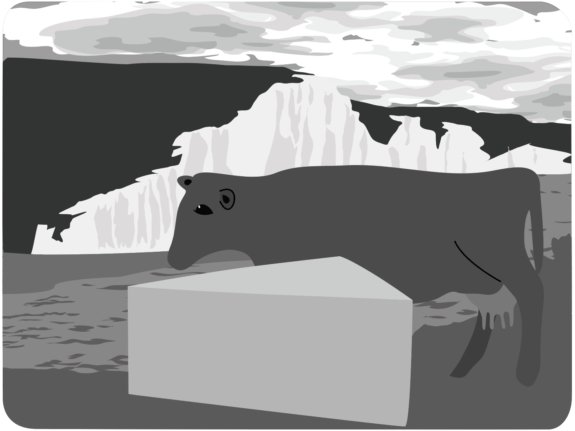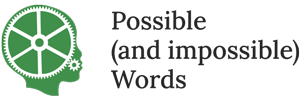
Chalk and cheese
Two interfaces
The question "Why?" and the Minimalist Program
In the 1990s, a series of deep questions started to emerge: Why are natural human languages the way they are? Why do they differ in the way they do? And why do almost all, if not all languages, use the device of displacing elements, in English and many other languages with words like where and what, pronounced on the left, and understood somewhere else, characteristically on the right, as shown by the answers to questions? And why is natural language so different from all the artificial languages that have been invented for various purposes, inluding logic, computer programming, better international understanding, a substitute for natural language where this is impaired, and more?
At the same time, it was becoming apparent that one derivational category, namely what had originally been called ‘Deep structure’, and by the 1990s had come to be known as D-structure, was in fact unnecessary. If so, S-structures, originally known as ‘Surface structures’ were unnecessary too. The notion of government which had defined the relations between D-structures and S-structures could be eliminated at the same time. Noam Chomsky proposed that the focus of investigation should be on the two irreducible aspects of language, the fact that there are physical expressions and meanings – chalk and cheese. Essentially, there have to be two ‘interfaces’ with two quite different sorts of things. He suggested that this new reseach direction should be regarded as a program rather than a theory, because it seemed to raise as many more questions as it gave answers to previous questions. The largely exploratory nature of the new thinking dictated Chomsky’s title of a collection of papers in 1995 as The Minimalist Program.
Without contradicting the minimalist impulse, five new topics emerged over succeeding years, the last only just beginning to take off;
- The notion of Merge, as an irreducible process in syntax, as the major innovation by the Minimalist Program, by the proposal here, merging meanings and expressions;
- The division of Merge into two separate processes, External Merge and Internal Merge, as a way of eliminating the notion of movement;
- A notion of syntactic phenomena distributed across phases, hugely reducing the search and computation at any given point in the derivation;
- The notion of evolvability, as a new criterion of adequacy;
- The representation of Merge by algebra.
By another line of inquiry there was a return to the traditional task of describing the grammar in greater and greater detail. This became known as ‘cartography’, as a sort of counterweight to minimalism, not contrdicting minimalism but shifting the emphasis back to the traditional task of exact description.
By the proposal here, the answer to the “Why?” question here is that language is the way it is, because that is how it evolved, as biological systems do by a process of tinkering, starting with single words which were mentally organised in a way quite different from the vocalisations of chimpanzees – more compactly.

